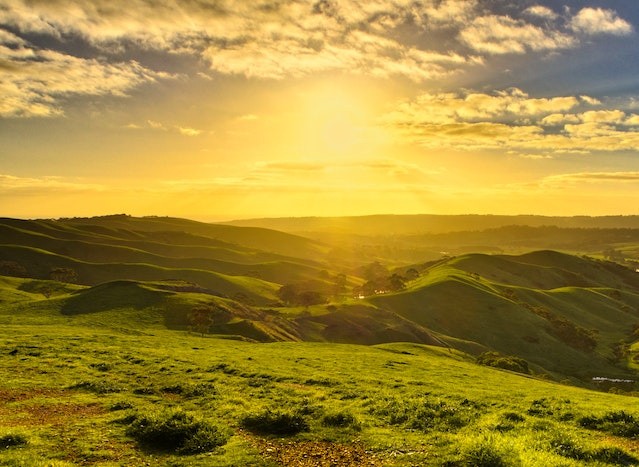To grow, plants need light. However, less light can reach lower vegetation layers in grasslands due to excess nutrients and/or the absence of herbivores.
As a result, the diversity of plants decreases and a few quickly expanding species take over.
This relationship has so far only been inferred through experiments; it has never been proven through the addition of light to the field.
Researchers have now been able to experimentally show that light competition plays a dominant role in biology.
The importance of light for grassland plant diversity

Anu Eskelinen, a visiting scientist who spent several years at the UFZ and iDiv, employed a novel experimental strategy: the group increased the amount of light by directly illuminating the low-growing plants in the grassland with LED lamps, as per ScienceDaily.
In addition to this method of treatment, some plots received fertilizer applications, while others received sheep grazing.
According to the experiment, artificial fertilization causes a sharp decline in species richness and biodiversity if the areas are not grazed at the same time.
The loss of species richness was reduced when the researchers added LED lamps. Later, when sheep were removed from half of the plots, species richness and diversity decreased.
Without any grazing, the total vegetation cover grew at the same time, which decreased the amount of light that plants could receive.
Adding light to the understory plants was crucial in reducing this loss of diversity.
Anu Eskelinen, the first author, says that the findings "indicate that herbivory is a dominant factor controlling competition for light and plant diversity."
The research team thinks that future grassland management and conservation policies should take the findings from the field trials into consideration. Anu Eskelinen continues, "Our findings emphasize the significance of conserving native herbivores and using sustainable grazing as a management measure.
This study emphasizes the value of carefully planned manipulative field experiments, which are necessary so that we can vigorously test the causes of diversity loss.
Prof. Dr. Stan Harpole, co-author and head of the department of Physiological Diversity at UFZ and iDiv, adds:
We could only advance our understanding and test the theory in more realistic conditions because of the excellent infrastructure of the UFZ's Global Change Experimental Facility and the support provided at the BBS.
Read More: LED Light Literally Helps This Plant to Grow
Light is an essential factor in maintaining plants
The production of plant food, stem length, leaf color, and flowering are all influenced by light intensity.
Low-light environments typically result in spindly plants with light green leaves. Similar plants that are grown in intense light typically have larger, dark green leaves and shorter, better branches, as per Aggie Horticulture.
According to how much light a plant requires, it can be categorized as having high, medium, or low light needs.
The proximity of the light source to the plant determines the amount of light an indoor plant receives.
As the distance from the light source grows, the light's intensity rapidly decreases. The amount of natural sunlight that plants receive in a house or office varies depending on the direction of the windows.
Light is most intense when facing south. While northern exposures only receive 20% of the intensity of a southern exposure, eastern and western exposures get about 60% of the intensity of a southern exposure.
The warmest exposure is a southern one; less warm exposures are eastern and western; and the coolest exposure is a northern one.
Related Article: How Plants Photosynthesize in Fluctuating Light
© 2025 NatureWorldNews.com All rights reserved. Do not reproduce without permission.





